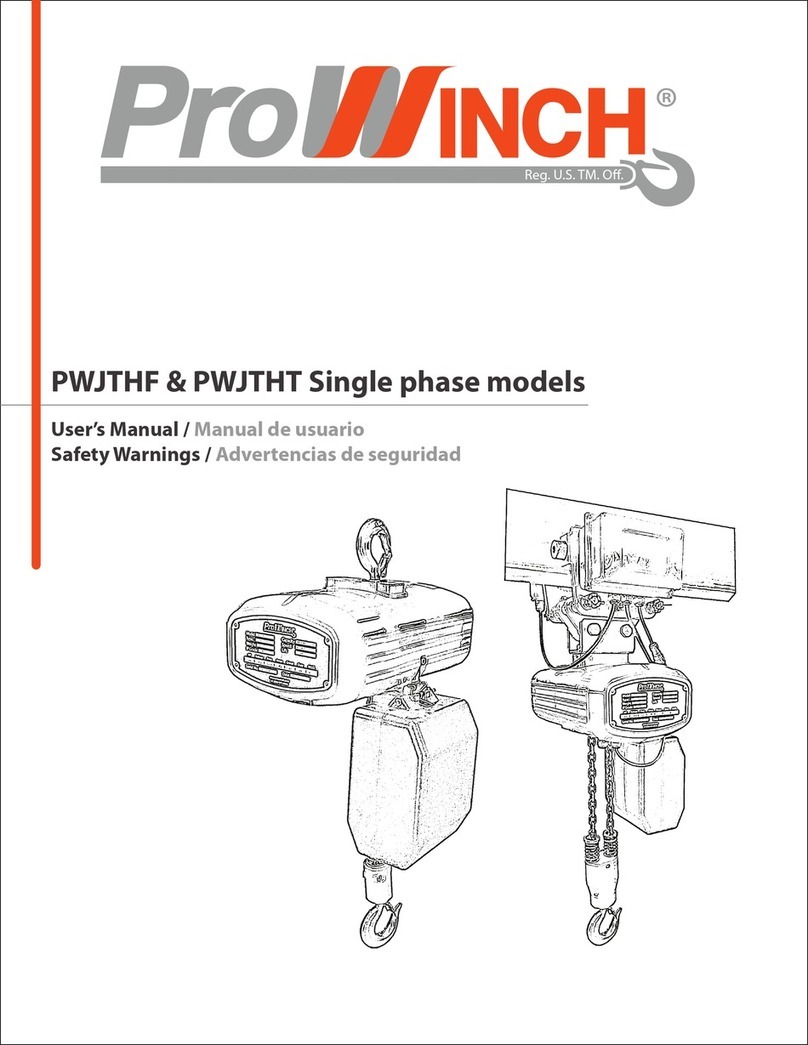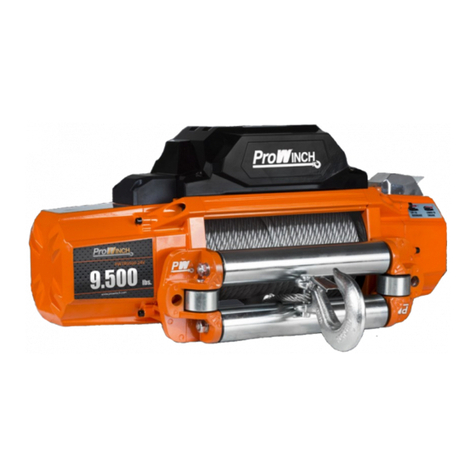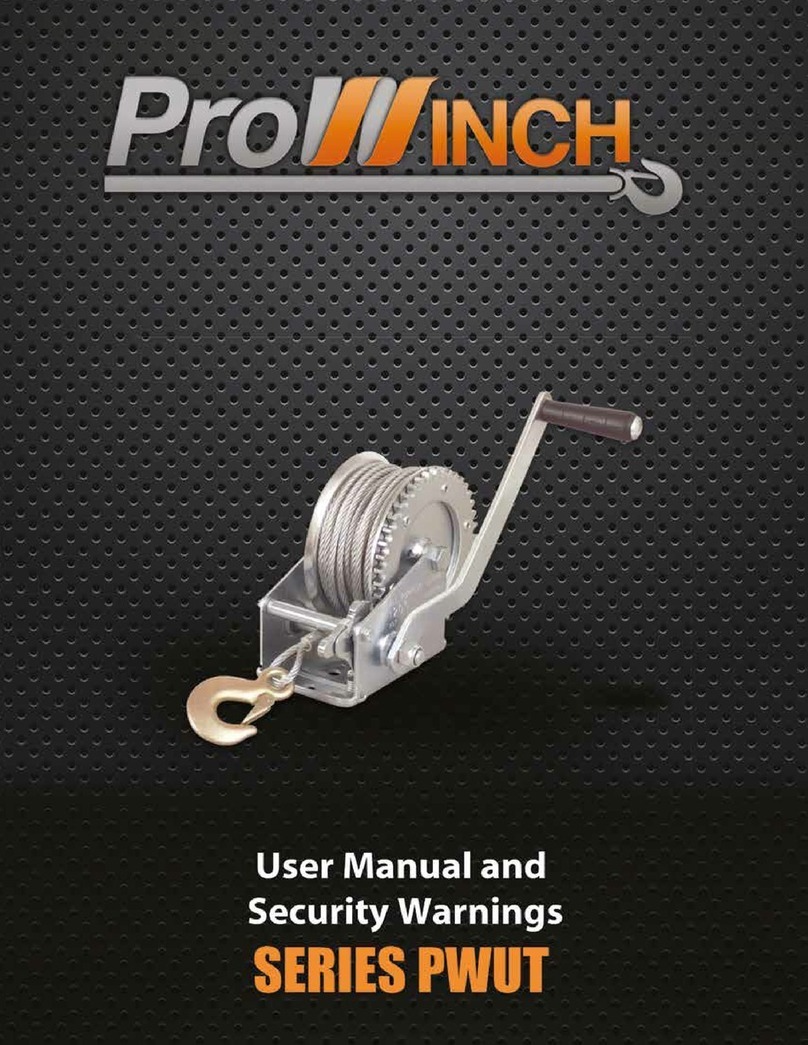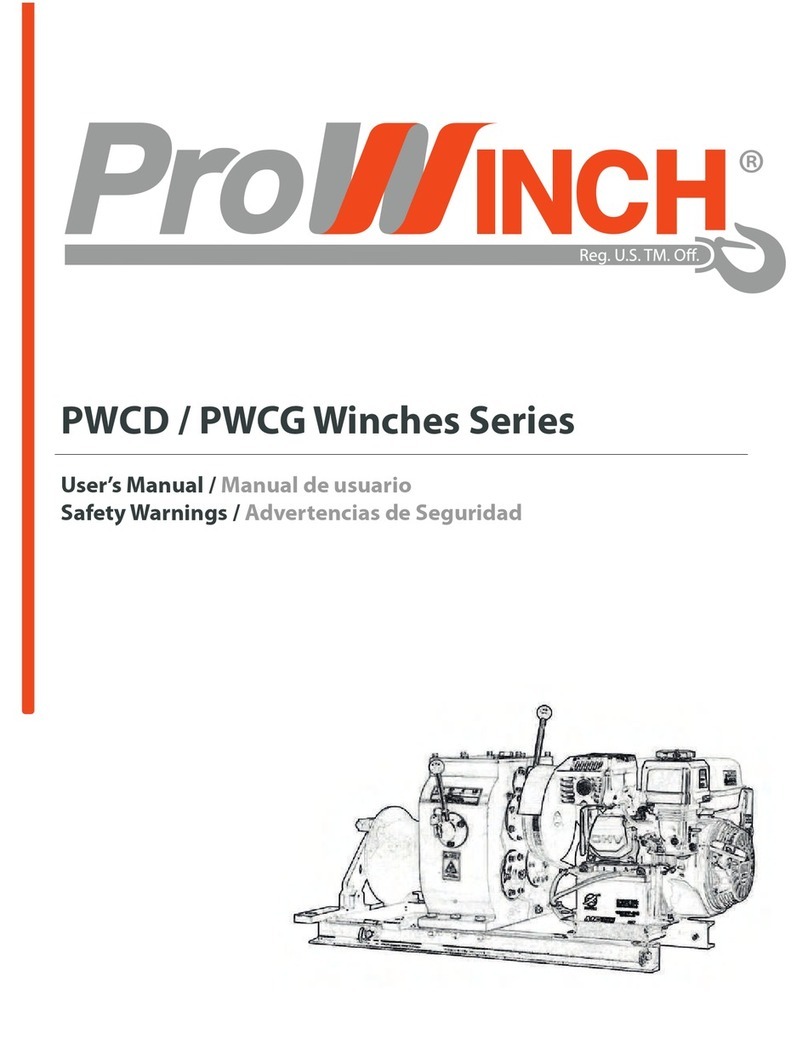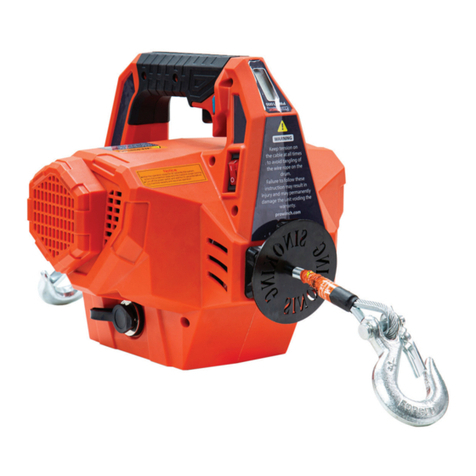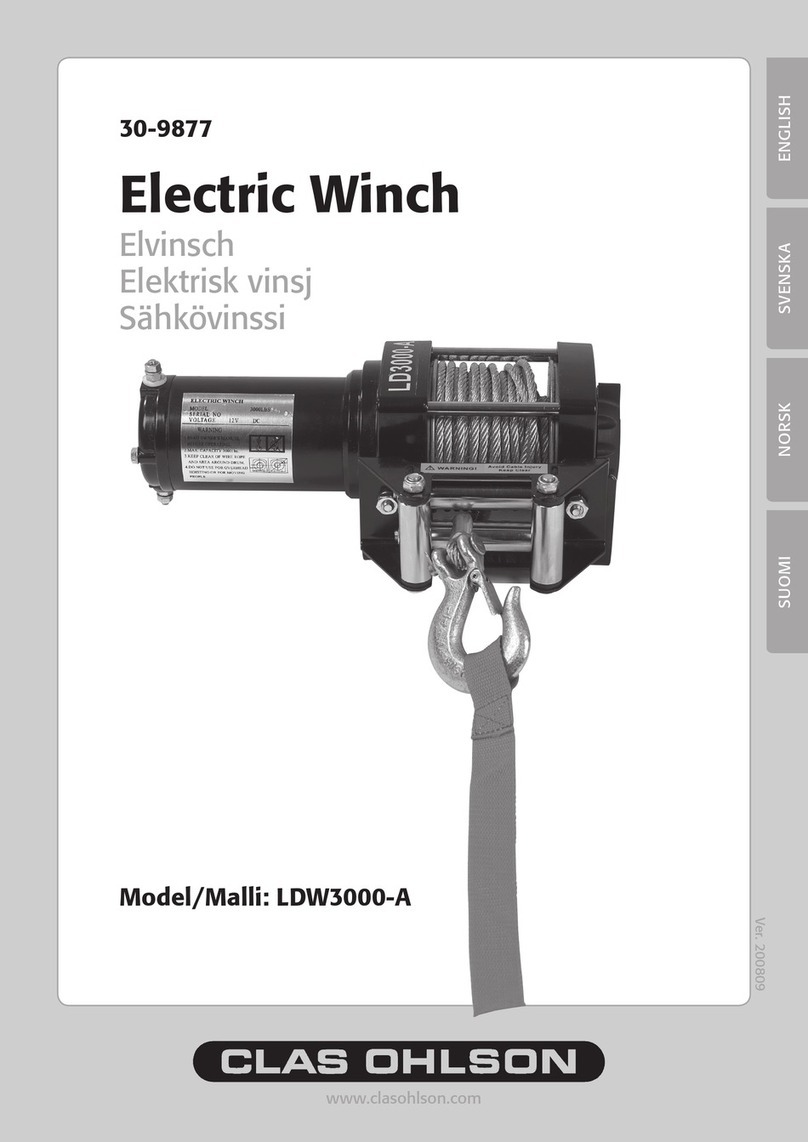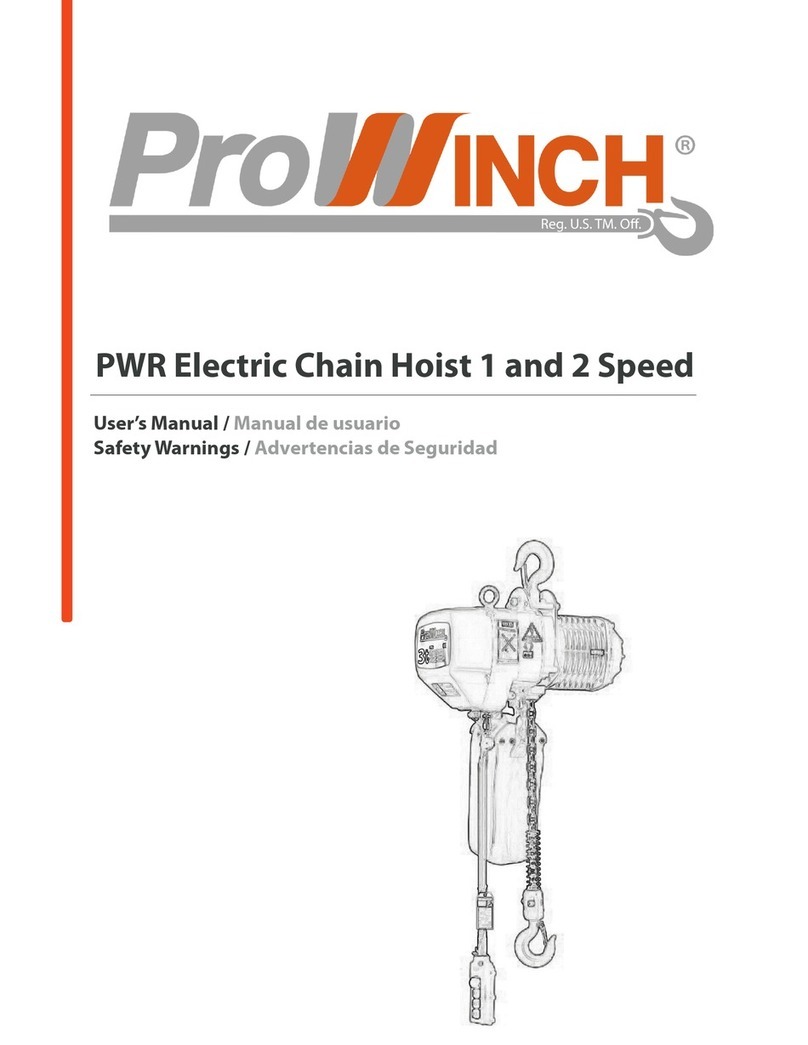
4Disclaimers
PROPERTY REGISTRY Nº 189487
ANY REPRODUCTION IS FORBIDDEN
PROPERTY OF PROWINCH® 2023 - V.2[LM]
ALL RIGHTS RESERVED
PROWINCH LLC COMPANY WITH QUALITY MANAGEMENT SYSTEM
PROWINCH® DISCLAIMER
4V.01.23 [LM]
Prowinch® LLC declares that it has made all safety recommendations related to the purchased product to the customer. As a
result, it does not assume any responsibility for any damages or losses that the client or third parties may suer. These can be
caused by or as a direct or indirect result of a breach or omission of instructions or safety warnings in the User Manual and Security
Warnings provided with the unit purchased. Prowinch® LLC will not be liable for accidents and/or damages to persons and/or
property resulting from the negligent use of the product. In no case does Prowinch® LLC assume any liability arising from using
these voluntary recommendations and does not oer any guarantee concerning them. These recommendations do not take
precedence over the current safety regulations of the plant. For purposes of enforcing the warranty of the product purchased,
Prowinch® LLC, will only be liable for any damage when proven the user has followed each one of the warnings contained in the
User Manual and Safety.
1. It is the sole responsibility of the Client / User to verify that
the acquired equipment, products, and accessories comply
with the characteristics, capacities, requirements, compo-
nents, accessories, and other conditions for the use that the
Client/user intends to give it.
2. It is also the sole responsibility of the Client / User to ensure
that the equipment and products purchased are operated
and maintained with adequate safety standards and by
personnel properly trained in their use. The Client / User is
also responsible for implementing all security measures
necessary to prevent accidents or damages to people or
property and for following the indications and warnings of
the corresponding manual.
3. Any assistance provided by Prowinch® LLC in selecting the
equipment, capacities, and characteristics required by the
client is delivered free of charge and based on the informa-
tion about the application, use, and requirements provided
by the client. It is not the responsibility of Prowinch® LLC to
verify the accuracy of the given information. It is the sole and
exclusive responsibility of the client -or who will use the
equipment and products acquired- to ensure that the speci-
cations comply with the capabilities, characteristics,
up-to-date maintenance, and everything necessary for a
correct and safe operation about the intended use.
4. Prowinch® LLC recommends using winches with four
brakes for personnel lifting. The use of winches with three
brakes or less, or operating with safety standards less than
required for personnel lifting is not recommended.
5. To guarantee the safety of the equipment's operators, it is
necessary to conduct inspections and maintenance of the
equipment according to the recommended frequency of its
work cycle. It is mandatory to keep records and evidence,
including written and photographic reports of: Maintenance,
Start-up, Load Tests, Training, Certications, Inspections, and
Reports of failures and accidents.
6. The reports mentioned above must be emailed to regis-
an event.
7. Compliance with timely implementation of mandatory
activities described in points 6 and 7, in addition to all the
activities mentioned in the corresponding guidelines, are the
user's sole responsibility. Failure to comply with the prece-
ding conditions releases Prowinch® LLC from any liability. The
information contained in this manual may contain technical
errors or inaccuracies. Prowinch® LLC is not responsible for
errors, omissions, or incorrect information. This manual is
subject to change without prior notice. Download the latest
version available at www.prowinch.com. Always check
www.prowinch.com for the latest information regarding this
product.
Please check our warranty policies on our website
www.prowinch.com/warranty.
